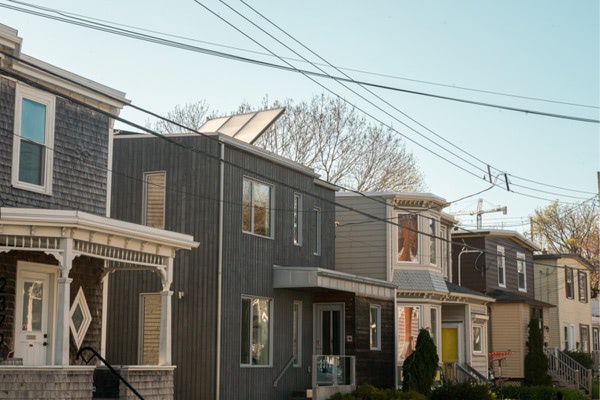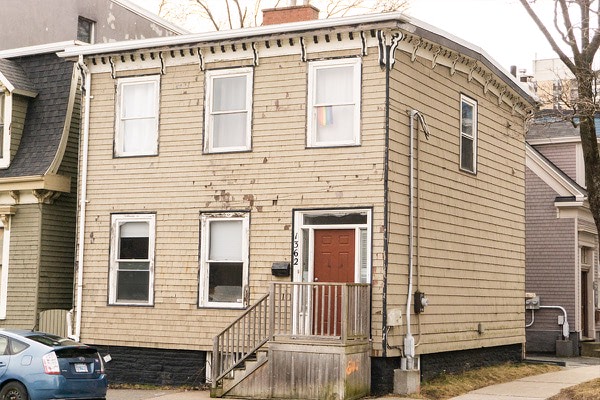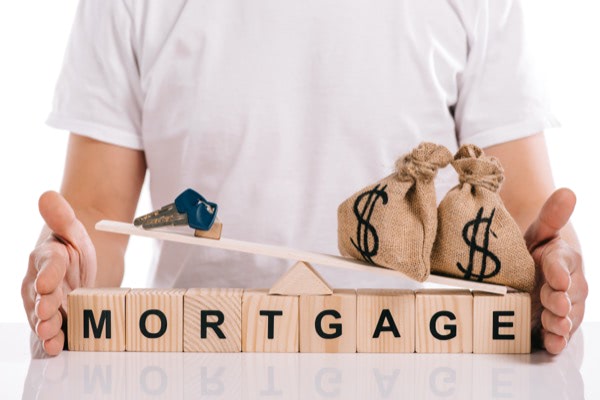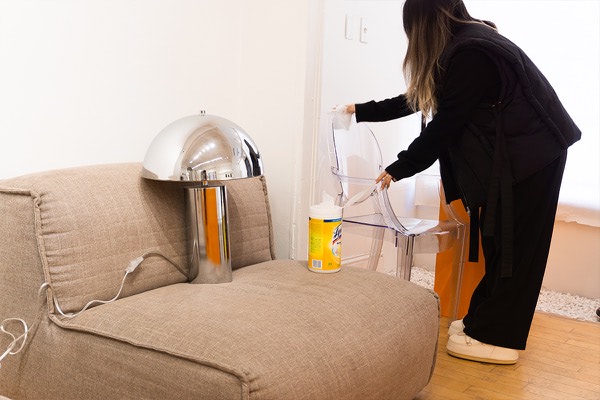Should you buy a fixer-upper? In this post, we review the benefits and drawbacks of this type of real estate purchase.

Should you invest in green energy?
Are you hoping to invest in green energy in your home? Green energy solutions have been rising in popularity and necessity, and many home owners are starting to use their properties as a way to reduce their carbon footprint. If you think it may be time to make some eco-friendly changes, there are some key things to understand before you take the plunge.
The rise of green energy
Green solutions have come a long way in recent years. Climate change and global warming have become more and more prevalent and have caused major disruption in all parts of the world. As a result, the demand for ways to combat it has grown among Canadians. There are several ways to take action to reduce your individual carbon footprint, from small updates in our daily lives to major changes to our routines.
The Government of Canada offers their Greener Homes Grant to help support home owners who make green updates to their houses. There is also the Incentives for Zero-Emission Vehicles Program through the federal government that offers a rebate of up to $5,000 for electric cars. At all levels, from federal governments to individuals, people are finding ways to invest in green energy.
How to implement green energy in your home
If you want to invest in green energy, first, you should understand exactly what it is and how it works. Green energy, or renewable energy, is energy that is sourced from natural, renewable, eco-friendly sources. This can include the sun, wind, rain, and so on, and is an alternative to gas or oil-based energy, which is non-renewable and more harmful to the environment.
In your home, take a moment to think about everything that uses any type of energy. If you turn on lights, wash dishes, do laundry, take showers, use heating and air conditioning or charge devices, then you use energy, most likely every day. When you invest in green energy, you’re simply finding ways to do all these things in a more sustainable way. For example, installing solar panels on your home’s roof can use the sun to naturally heat your home. Eco-friendly models of dishwashers, washing machines, and dryers operate more efficiently and use less energy. Wind energy uses wind turbines to produce electricity. These are just a few examples.
Advantages of investing in green energy
Now, let’s break down some of the pros and cons of choosing to invest in green energy. After all, it’s a big undertaking, and you should be sure it’s worth it for you. Here are the biggest advantages of using green energy in the home.
You become a friend to the environment
Many people’s main motivation to go green is to become more eco-friendly. Climate change is becoming a more important issue for many Canadians, and by investing in green energy, they feel like they are doing their part. These solutions greatly reduce one’s carbon footprint, because they rely on natural energy sources that don’t run out and don’t need to be harmfully produced. If there is a solution out there that can do the same job as gas or oil-powered processes, why not take advantage of it? Helping the environment helps humans too, extending our ability to comfortably exist on this planet.
You can lower your monthly bills
Many green solutions function more efficiently than their non-renewable counterparts. Since greener models are newer, they have been designed with efficiency and practicality in mind. For example, a new dishwasher or dryer likely uses less water or hydro to operate than a model from 10 years ago. Everyone loves saving money, and many green energy products allow you to do just that in the long-term.
Your home can gain value
As green energy has grown in popularity, potential home sellers may find their home has gained value by implementing renewable energy solutions. For home owners looking to sell, listing a property with new, efficient green products will make their home more valuable on the market and more attractive to buyers. This will make the return on investment (ROI) worth the expenses of installing green solutions.
Disadvantages of investing in green energy
As excellent as it is to invest in green energy, it also has a couple of drawbacks. Here are two of the main concerns one might have with these projects.
Implementing changes can be expensive
Since green energy is still new and very valuable, investing in renewable energy sources will be a pricey endeavour. Depending on the projects you decide to take on, you could be looking at spending tens of thousands of dollars (or more). Going fully green isn’t a financial option for every home owner. Although over time, these costs would likely be worth it for the savings on bills and the heightened value of the property, it’s often not realistic to pay so much upfront.
Some solutions are weather-dependent
Although natural weather patterns provide renewable, eco-friendly solutions, they aren’t as reliable as oil and gas. For example, solar panels depend on the sun’s rays, meaning rain, clouds, or nighttime prevent the sun from providing the energy needed for the panels. Similarly, wind turbines need wind to produce electricity. This means green energy can be less predictable.
The decision to invest in green energy certainly holds many benefits for home owners. However, it’s also important to consider the costs involved and whether it’s worth it for your home. If you’re not in a position to turn your home completely green, you can also take on smaller changes in your daily life. Using eco-friendly cleaning products, purchasing reusable bags to reduce waste, and shopping local are all small steps you can take to help reduce your carbon footprint.
If you have questions about your mortgage, get in touch with us at Clinton Wilkins Mortgage Team! You can call us at (902) 482-2770 or contact us here.


